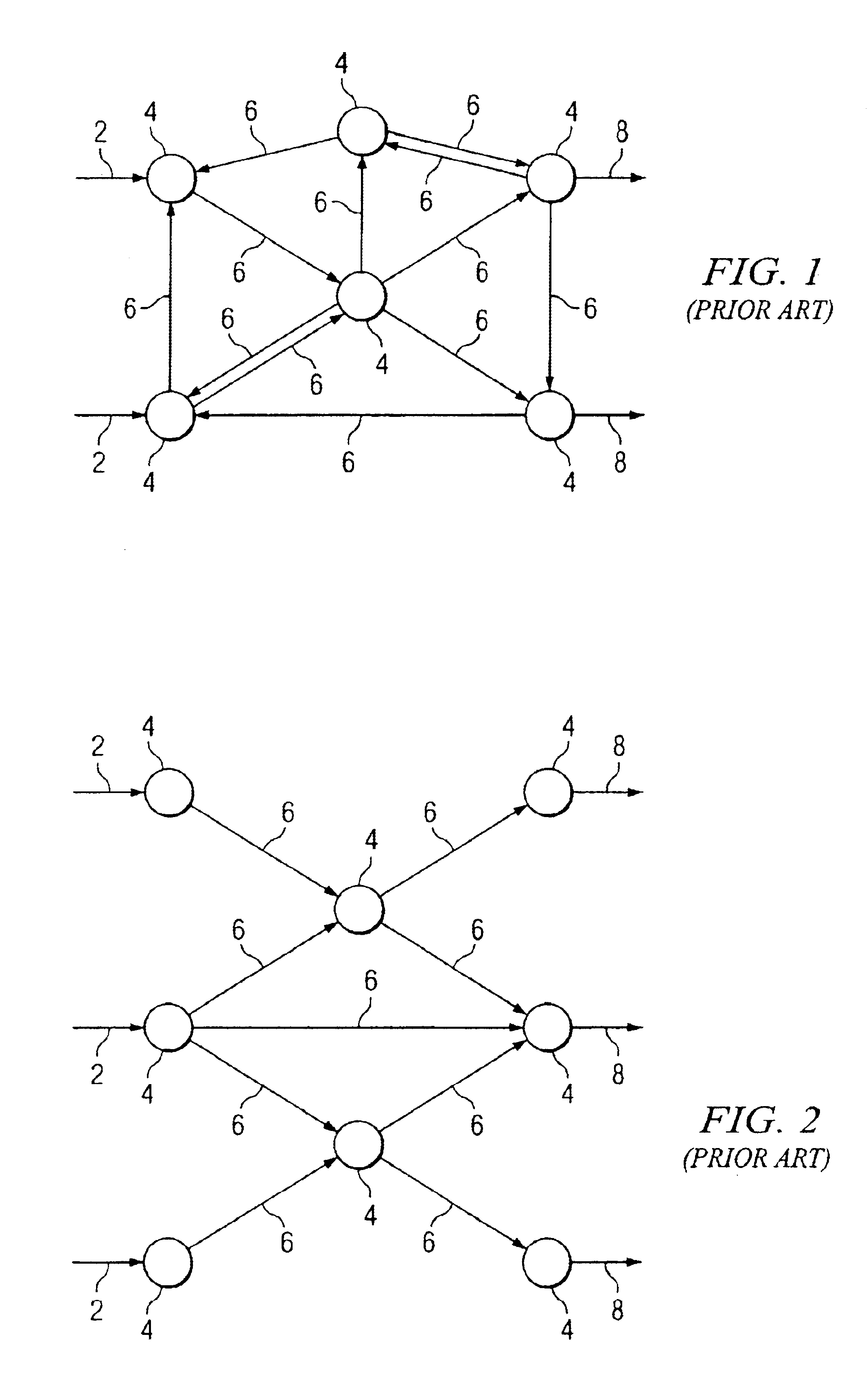Generalized hebbian learning for principal component analysis and automatic target recognition, systems and method
a principal component and learning technology, applied in the field of generalized hebbian learning for principal component analysis and automatic target recognition, systems and methods, can solve the problems of high computational overhead of many practical classification problems, complicated tasks, and strain on serial computer resources
- Summary
- Abstract
- Description
- Claims
- Application Information
AI Technical Summary
Benefits of technology
Problems solved by technology
Method used
Image
Examples
Embodiment Construction
[0043]FIG. 10 shows a preferred classification system configuration. As shown in FIG. 10, the classification system inputs the data in module 2, extracts feature information from the inputted data in module 4 and inputs the feature information into the classification module 6 which uses decision criteria 12 to classify the target from background clutter and outputs this information in module 8. The feature selection module 10 uses target statistics and data which are extracted from the input data in module 14 to select and generate features specific to a given target class and inputs this information into module 4 that extracts features. These distinguishing target characteristics help the classifier separate targets from background clutter, which makes the classification system more robust.
[0044]In particular, the preferred system shown in FIG. 10 accepts primarily long-wavelength infrared (IR) and television (TV) imagery to be analyzed. As discussed, infra, the data inputs are pri...
PUM
 Login to View More
Login to View More Abstract
Description
Claims
Application Information
 Login to View More
Login to View More - R&D
- Intellectual Property
- Life Sciences
- Materials
- Tech Scout
- Unparalleled Data Quality
- Higher Quality Content
- 60% Fewer Hallucinations
Browse by: Latest US Patents, China's latest patents, Technical Efficacy Thesaurus, Application Domain, Technology Topic, Popular Technical Reports.
© 2025 PatSnap. All rights reserved.Legal|Privacy policy|Modern Slavery Act Transparency Statement|Sitemap|About US| Contact US: help@patsnap.com



